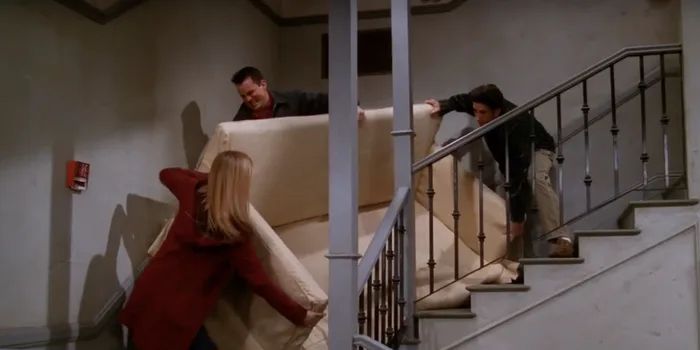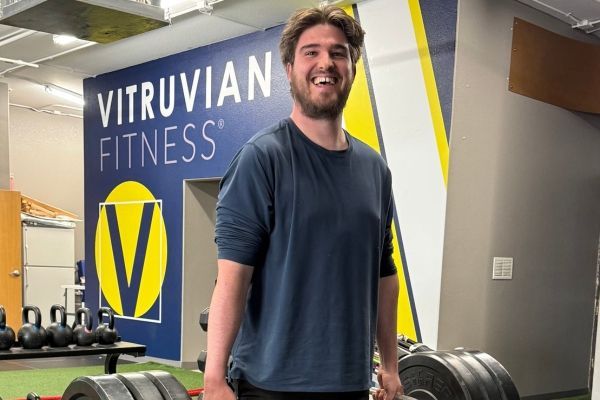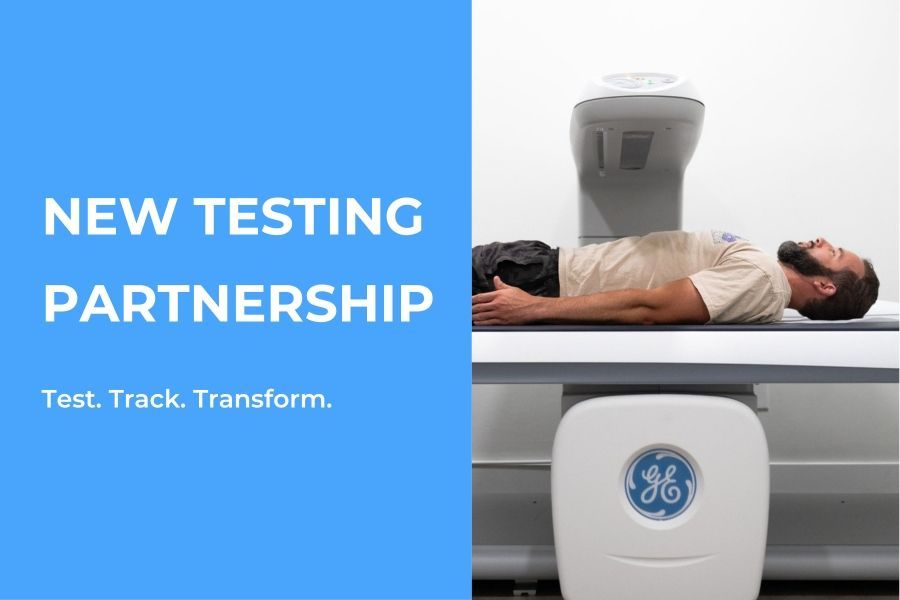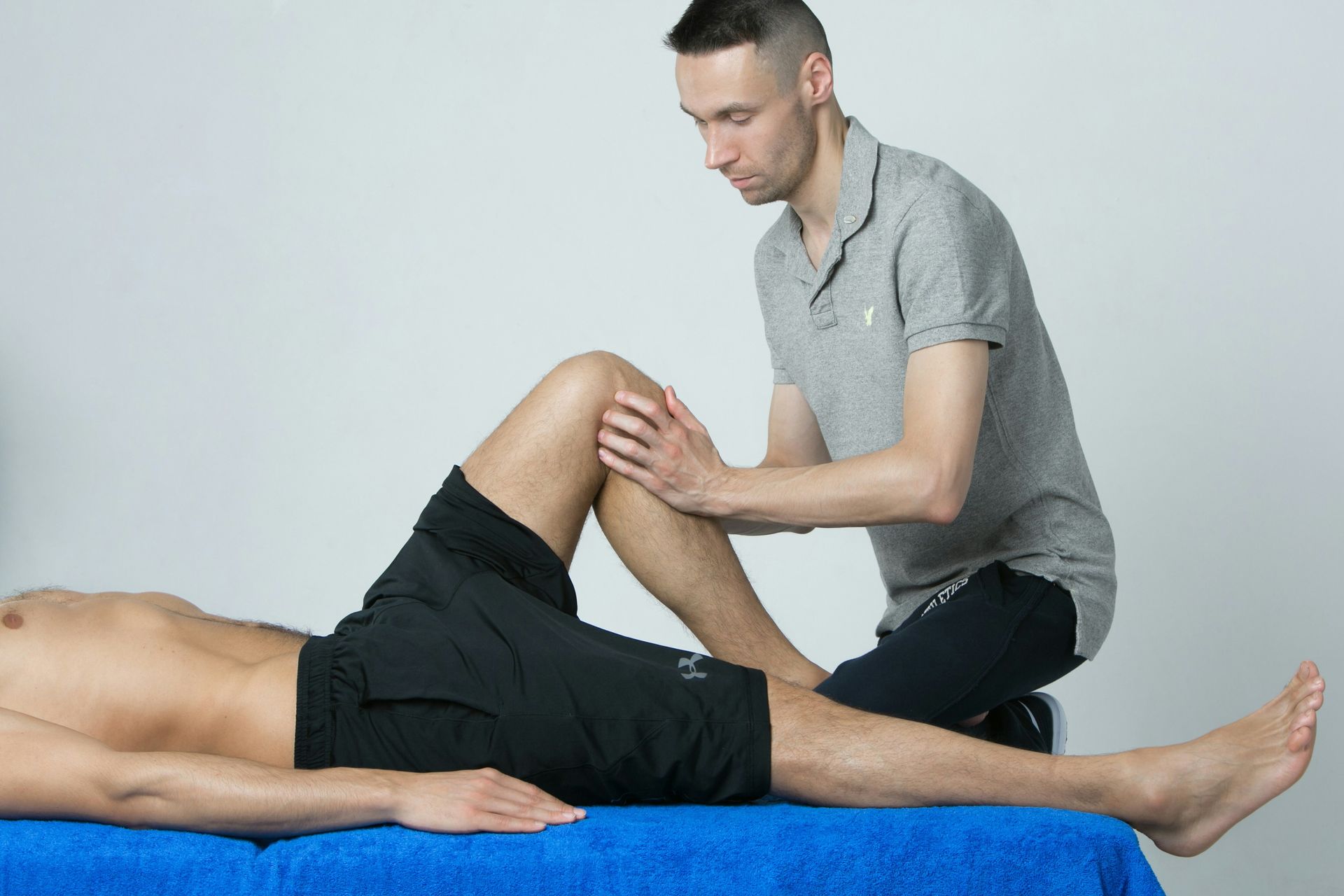When the Mechanics are Right, the Weight Feels Light
What having a bunch of friends helping you move has in common with functional training.

Introduction: The Moving Day Revelation
Moving day. A couch, a staircase, and a group of friends. You brace yourself for what seems like an impossible task—until you all lift together. Suddenly, the couch glides effortlessly up the stairs. Magic? No, you just invited the right friends– and they all contributed equally– to help with the task.
The same principle applies in the gym. When your body is well-organized, even heavy loads feel manageable, and complex movements become second nature. Strength isn’t just about brute force—it’s about moving efficiently, with every part of your body contributing to the task.
Growing up, we used the term coordinated. At the time, I just thought that meant someone who looked goofy when they moved (and subsequently got picked last on the playground) versus someone who looked athletic and graceful (and always got picked first).
Movement organization seems like a better term to me now. Not only because it allows me to leave the stigma of being uncoordinated behind (I was that kid - true story) but also because becoming organized is an easier term and process to swallow.
But first, a quick shoutout to one of my mentors. If you read the things I write regularly, you’ll notice I refer to Gray Cook from the FMS often. His ability to translate movement science into practical, relatable coaching is exactly why his work inspired this article. Movement organization is his term.
The Problem: When Mechanics Are Off, the Load Feels Rough
Ever tried lifting a fridge by yourself? Or carrying a sofa with a friend who refuses to "pivot" correctly?
The struggle isn’t just the weight—it’s poor mechanics making an already tough job even tougher.
When lifting, running, or moving in everyday life, inefficiency comes from:
- Over-reliance on small muscle groups instead of using the whole body.
- Poor alignment and posture, creating unnecessary tension and energy leaks.
- Lack of orgainization between muscle groups, making movement feel disjointed.
- Poor breathing mechanics - more than just air, your breath is 100% part of the system.
Think of your body like a tug-of-war team. If everyone pulls in sync, it’s powerful and efficient. But if half the team slacks off while the other half fights the opponent, it’s a losing battle. The same applies to movement—when one part of the body doesn’t contribute, the rest works harder than necessary.
The Solution: Organizing the Body for Efficient Movement
Lifting feels light when everything is pulling its weight—literally. Here’s how to make that happen:
- Joint Stacking & Packing – Keeping joints properly stacked (spine in its naturally neutral alignment, hips over knees, knees over ankles) and packed (arms anchored to shoulders, shoulders anchored to core and legs anchored to hips, hips anchored to core) ensures efficient force transfer. Misalignment equals wasted energy.
- Engaging the Core – A strong, engaged core acts like a power hub, stabilizing movement and preventing energy leaks. Learn this phrase, Proximal Stability for Distal Mobility. This is just a cool way to say, brace your core and do something useful or athletic with your arms and legs.
- Full-Body Integration – The best movers use everything they’ve got. Instead of isolating muscles, functional training develops movement patterns where all parts contribute.
This is why we start with simple movements, light loads, and lots of repetitions. Remove the roadblocks, reduce the friction and start with an abundance of easy wins to use as learning opportunities. Build on each successive win.
If you practice the wrong notes, you learn the wrong song. If the body doesn’t move well under light stress, adding weight only magnifies inefficiencies.
Real-World Application: Moving Like an Athlete
Instead of training muscles in isolation, functional training focuses on movement patterns. Athletes don’t just need strong legs—they need legs that work with their core, arms, and spine in an organized way.
That’s why exercises like:
- Deadlifts (hip hinge and force transfer)
- Turkish Get-Ups (stability and organization)
- Farmer’s Carries (core bracing and grip strength)
…help real-life movement feel easier. When trained well, these patterns transfer seamlessly to everything from lifting groceries to hoisting a suitcase into an overhead bin.
The Science: How Movement Efficiency Makes Weight Feel Lighter
Strength isn’t just about big muscles—it’s about how well your nervous system recruits and controls those muscles.
Think of your muscles like an orchestra: the bigger the ensemble, the more powerful the performance. But if the musicians aren’t NSYNC, it’s just noise. Imagine the oboe player conspiring with the percussion section to dance instead of play the parts the sheet music calls for.
When we train for neuromuscular efficiency, we improve:
- Intermuscular Organization – How well muscles work together to execute movement.
- Rate of Force Development – How quickly the body generates power (key in explosive movements).
- Motor Unit Recruitment – Getting more muscle fibers involved so no one structure bears the brunt alone.
This is why good movement mechanics reduce perceived exertion. When the body is working in sync, no single muscle or joint is overburdened. The weight doesn’t change, but it feels lighter because the body is working smarter, not harder.
Practical Applications: Making Heavy Feel Easy
So, how do we apply this to training (and life)?
1. Train Movement Patterns, Not Just Muscles
Instead of isolating muscles with single-joint exercises, prioritize compound movements:
- Squats & Hinges (Deadlifts, KB Swings, Couch Relocations)
- Presses & Pulls (Push-ups, Rows, Overhead Compartmentalizing)
- Carries (Farmer’s Walks, Suitcase Carries, Squirming Baby Carries)
2. Use Drills to Reinforce Better Mechanics
- Original Strength Resets (Breathing, Rolling, Rocking, Crawling) – These "reboot" the body’s natural movement patterns, enhancing organization.
- Tempo & Paused Reps – Slowing down lifts forces better control, preventing sloppy mechanics.
3. Test & Refine Positioning
- Record yourself lifting—video doesn’t lie. (Mirrors are far less useful than video.)
- Work with a coach to correct inefficiencies. (I know some GREAT coaches.)
- Small tweaks (breathing, foot stance, grip, bracing) can drastically change how a lift feels.
Conclusion: Train Smart, Move Well, Lift Heavy
When the mechanics are right, the weight feels light—whether you’re hoisting a barbell or a couch. The key to effortless movement isn’t brute strength but smart, organized effort.
So, the next time you struggle under a load, ask yourself: Am I using all my friends and organizing them efficiently for the task? Fix your form, stack and pack your joints, engage your core—and suddenly, that heavy lift won’t feel so heavy after all.
Now go train like you're moving a couch—with efficiency, teamwork, and better mechanics.
You might also enjoy these posts . . .







